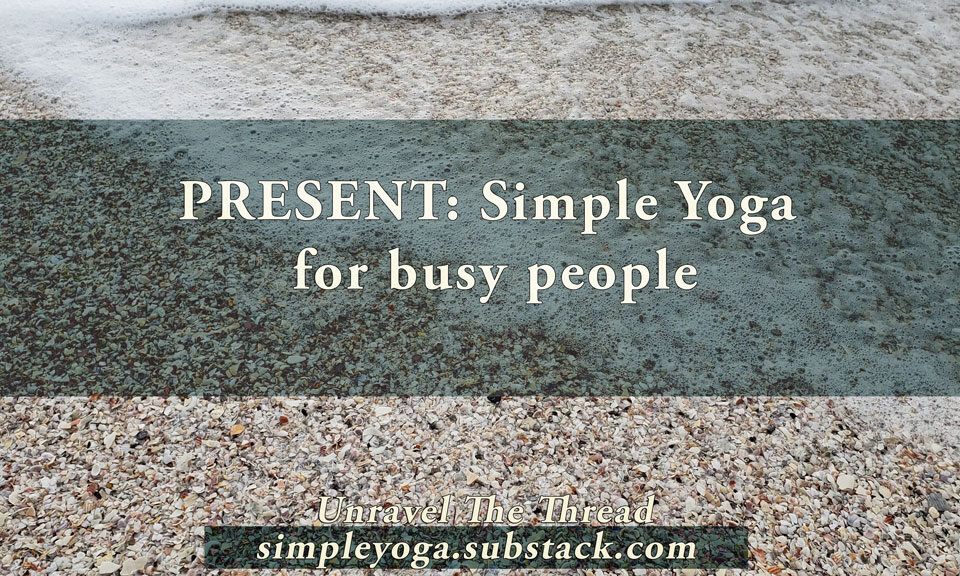Mantra, the power of words



Often when we hear about mantras, the concept seems both exotic and esoteric. In general, the word mantra is defined as a word or short sentence repeated often. The original word in Sanskrit is mantram, and it is often translated literally as instrument of thought. The underlying assumption is that mantras are a tool for personal transformation. Every day as I observe myself and the people around me I notice that most of us use mantras on a pretty regular basis. There are two distinct approaches on the use of mantras. The technique is very similar and in either case it renders a result.
Mantra Approach 1:
Even for people who think they do not use mantras it is quite simple to discover if they are using them or not. All that is needed is to listen, to observe, to pay close attention to the words that we use. We might discover a pattern or patterns where we repeat a word or sentence quite often. For instance, during the day you might hear your self saying “…this is going to be a pain” or “I’ll have to worry about this…” or “I hate this”. Quite often it doesn’t take long before we discover the mantra that we repeat habitually. When we uncover our mantra, we can try repeating it aloud at least 5 to 10 times. Most likely we’ll notice that our mantra fills up our mind and focuses our awareness on those words. My suggestion is that these words we repeat habitually are the mantra we have chosen unconsciously, and that by using it we are unleashing the power of those words to influence the way we feel, think and act.
Mantra Approach 2:
As I mentioned at the beginning, both approaches are quite similar and both produce results. The major difference is that in the second approach we add the element that is present in all yoga techniques, AWARENESS. So, the change is simple, instead of repeating mindlessly a word or sentence, we can choose consciously, with our full awareness, the words that we need to hear to remind us of our goal. We can use the mantra that we discovered, if it is a positive one that creates a a sense of clarity, of spaciousness, of more openness and less restriction in body, heart and mind. If the mantra we use unconsciously is a negative one, we can use the technique of cultivating opposite principles or thoughts (pratipaksha bhavanam) from Patanjali’s Yoga Sutra (2.33). This technique consists of focusing our mind on the opposite idea or at least we try to move our mind in the opposite direction.
Try it now, find a word or brief sentence that helps counteract negative thoughts, feelings, emotions in your mind, heart, body. Repeat the sentence with full attention 5 to 10 times and notice how you feel at all levels.
Making the change
The difference between the two approaches is simple. This small change in perpsective definitely works to our benefit. Although the change is simple, it takes work for us to move from our habitual unconscious pattern of thought, feeling and action to a conscious positive pattern. It is helpful to remember that the first step is just to observe and listen to our words in order to notice unconscious patterns. As we become aware of the patterns we are ready to shift from unconscious repetition to conscious affirmation.
I hope this helps you uncover the mantras you use in your life to facilitate unleashing the power of mantra for conscious life transformation.
Namaste.
Simple guided meditation with Rubén
